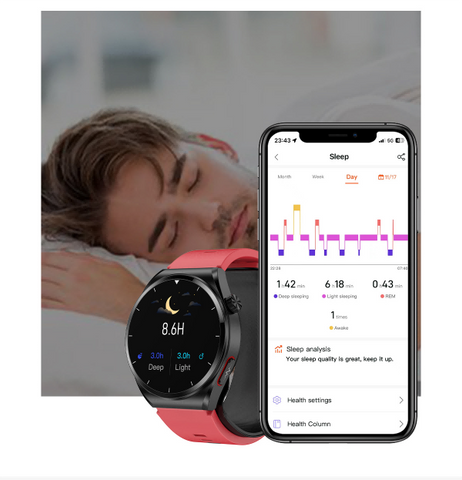How to Find Your Sleep Number
Sleep is essential for our overall well-being, yet many of us struggle to get the rest we need. One key factor that influences the quality of our sleep is our mattress firmness, often quantified by a "sleep number." Finding the right sleep number can significantly improve how well you sleep and wake up feeling refreshed.
Understanding the Sleep Number
The term "sleep number" was popularized by the Sleep Number Bed, a mattress brand that allows users to adjust firmness using air chambers controlled by a remote. However, the concept applies broadly to any mattress firmness level that suits your individual comfort preferences.
Your sleep number refers to the level of firmness that provides you with the best support and comfort while you sleep. It’s a personal preference and can vary widely from person to person based on factors such as weight, sleeping position, and any specific health considerations.
Steps to Find Your Sleep Number
-
Assess Your Comfort Preferences: Begin by considering your current mattress. Do you wake up feeling sore or stiff? Are you comfortable throughout the night, or do you toss and turn? Understanding your current comfort level can guide you in determining what adjustments might be necessary.
-
Identify Your Sleeping Position: Your sleeping position greatly influences the ideal firmness of your mattress:
- Side Sleepers typically prefer a softer mattress to cushion their shoulders and hips.
- Back Sleepers often find medium-firm mattresses provide the right balance of support and comfort.
- Stomach Sleepers generally need a firmer mattress to prevent their hips from sinking too deeply.
-
Consider Your Body Weight: Heavier individuals may need a firmer mattress to prevent sinking too much, while lighter individuals might find a softer mattress more comfortable.
-
Use the Sleep Number Scale: If you’re considering a Sleep Number Bed, use their scale (typically 0 to 100) to find your optimal number. Start with a middle setting and adjust up or down based on comfort.
-
Test Different Mattresses: If you’re shopping for a new mattress, take advantage of showroom displays to test different firmness levels. Spend at least 10-15 minutes lying on each mattress in your typical sleeping position to gauge comfort.
-
Trial Periods and Adjustments: Many mattress brands offer trial periods. Take advantage of these to ensure your chosen mattress truly fits your needs. Don’t hesitate to adjust settings or return the mattress if it doesn’t improve your sleep quality.
-
Consult with a Professional: If you have specific medical conditions like back pain or arthritis, consider consulting with a healthcare provider or orthopedic specialist. They can offer guidance on the best mattress firmness for your condition.

Additional Tips for Better Sleep
- Maintain a Consistent Sleep Schedule: Go to bed and wake up at the same time every day, even on weekends.
- Create a Relaxing Bedtime Routine: Wind down before bed with calming activities like reading or taking a warm bath.
- Optimize Your Sleep Environment: Ensure your bedroom is conducive to sleep with comfortable bedding, a cool temperature, and minimal light and noise.
Finding your sleep number is not just about comfort; it’s about improving the quality of your sleep and, consequently, your overall health and well-being. Take the time to assess your needs, try different options, and don’t hesitate to invest in a mattress that supports your sleep health. A good night’s sleep is invaluable, and finding your ideal sleep number is a crucial step towards achieving it.









